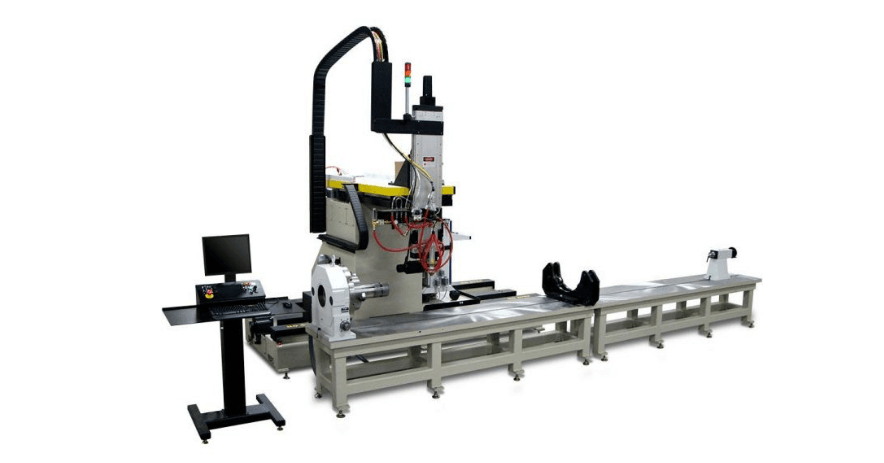During material design and manufacture, it is sometimes vital to selectively coat the surface of base materials using different filling techniques, including powder feeding that is synchronized or using preset powders. In these procedures, metallurgical bonding is used on the bond material, combining it with coating material through irradiation with high-intensity lasers. Overall, the process of using laser cladding equipment results in enhanced heat resistance, improved oxidation resistance, and more improvements to the surface of the base material. Laser cladding falls under the category of additive manufacturing, where laser technology is used in bond coatings of different base materials. Let’s focus on the benefits of laser cladding.
How laser cladding works
Laser cladding equipment is used to make a shallow pool of the target base material definitively. In this pool, coating materials get introduced and can either be in wire form or powder form. The resulting high-intensity energy generated by the laser machines helps to melt the binding materials which are present in the coating material, and this creates a precise metallurgical bond between the base material and the coating. In other application sectors, laser cladding can be applied to create 3D parts with the added advantage of the extremely high flexibility of design, since each layer of coating is usually deposited on top of the previous one. In the end, a sturdy part is formed, layer by layer.
It is also essential to know that the coating bond of a laser-clad component is very different from the bonding structures of various technologies. In the process, the base of molten material gets mixed with a liquid coating material, resulting in a distinct dilution layer, of two products. In addition to this, the conversion of that dilution product layer to coating material happens relatively fast. Once the process is over, and the mixture is solidified, the coating becomes an integral part of the base material, and this happens at the transition zone.
Other names for laser cladding include laser metal forming, laser deposition welding, laser metal deposition, and direct metal deposition.
Benefits of laser cladding
- Through the use of high-quality laser cladding equipment, laser cladding can create better wear resistance compared to thermal spraying.
- The process of laser cladding results in reduced product complexity.
- After the laser cladding process, there is higher impact resistance since the parts don’t chip off of delaminate.
- The entire process features little to no distortion, regardless of the size of the particles.
- As a result of proper laser cladding, products acquire increased design flexibility.
How laser cladding is used
- To protect surfaces that experience extreme wear
- To reduce part-to-part wear of a sliding nature
- To protect blades and knife edges in cutting tools
- To adjoin existing components and parts
- To increase the retention of cutting edges.
Conclusion
The efficient use of high-quality laser cladding equipment in additive manufacturing is used to coat product surfaces, increasing the protection of cutting edges and product surface resistance to wear and tear. In addition to this, laser cladding has the distinct advantage of being useful in 3D component fabrication and component design flexibility.


